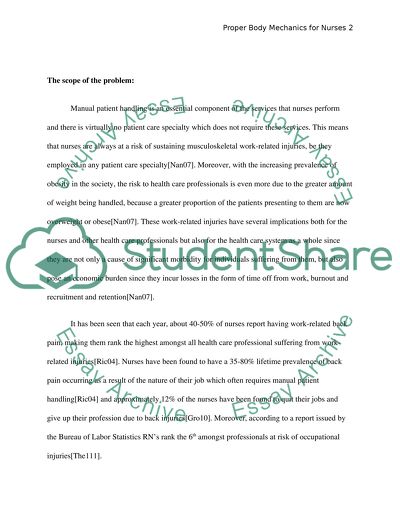Cite this document
(“The Importance of Proper Body Mechanics for Nurses Research Paper”, n.d.)
Retrieved from https://studentshare.org/family-consumer-science/1422272-the-importance-of-proper-body-mechanics-for-nurses
Retrieved from https://studentshare.org/family-consumer-science/1422272-the-importance-of-proper-body-mechanics-for-nurses
(The Importance of Proper Body Mechanics for Nurses Research Paper)
https://studentshare.org/family-consumer-science/1422272-the-importance-of-proper-body-mechanics-for-nurses.
https://studentshare.org/family-consumer-science/1422272-the-importance-of-proper-body-mechanics-for-nurses.
“The Importance of Proper Body Mechanics for Nurses Research Paper”, n.d. https://studentshare.org/family-consumer-science/1422272-the-importance-of-proper-body-mechanics-for-nurses.


